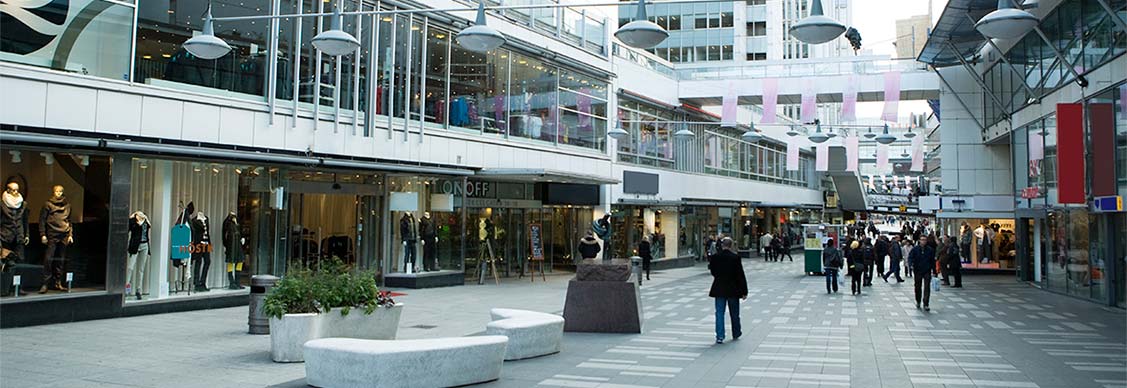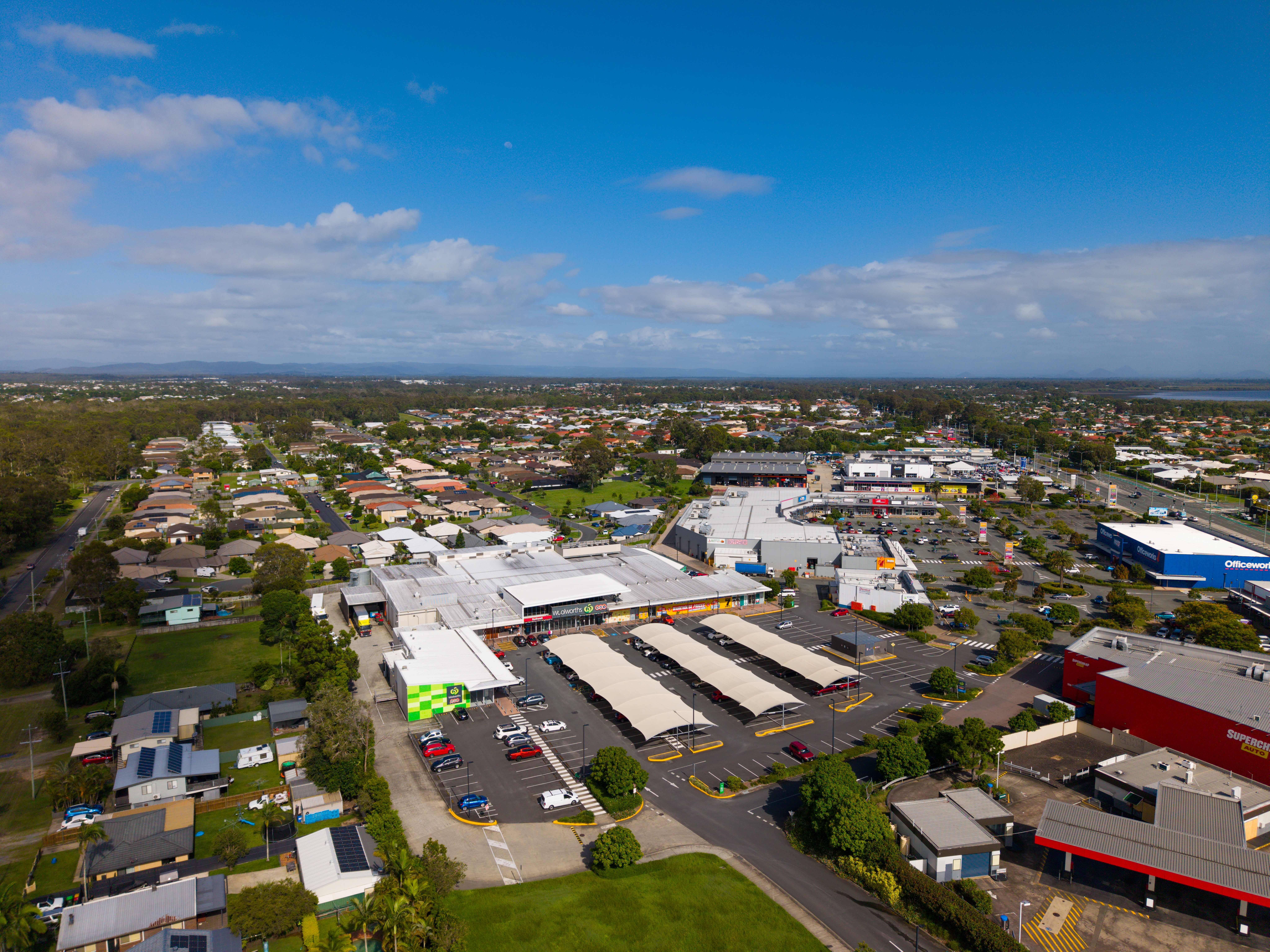How the shopping centre is transforming
Retail is being reshaped to include dining, entertainment and workspaces
The Kings Mall in Hammersmith used to represent everything that was going wrong with the traditional shopping centre. Unloved, under-used and increasingly unwanted, a quarter of the units were unoccupied, and footfall plunged to two-thirds of its pre-pandemic levels.
Now, following a £170 million ($207 million) redevelopment by Ikea’s property arm Ingka Centres, the newly renamed Livat Hammersmith has been reimagined as a vibrant community destination where residents, workers and visitors can come together to meet, eat, shop, and socialise. There’s a 49,000 square foot Ikea – the retailer’s first small-format UK store – alongside a big grocery store, retail, restaurants, entertainment venues and outdoor spaces to relax.
The development is just one of several European retail destinations reinventing the sector by expanding beyond shopping to deliver mixed-use, community-focused destinations.
“The shift to experiential retail has been building for years, but now we’re really seeing it take off in many locations in Europe,” says Sandra Ludwig, Head of Retail Investment EMEA at JLL. “It’s a new era for bricks and mortar.”
A pan-European trend
A few miles down the River Thames, the iconic Battersea Power Station redevelopment has revived the long-abandoned riverside site with a buzzing mix of retail, food & beverage, residential, health & wellness and tourist/entertainment facilities.
In the Netherlands, the Leidsenhage shopping centre has been redeveloped and rebranded as the Westfield Mall of the Netherlands, offering an expanded choice of over 250 retail, entertainment, and food & beverage options. A new arcade centre has added multiple leisure facilities to the mix, and a strong daily goods offering is once again seeking to strengthen ties with the local community. Yet again, the concept has proved to be a hit with locals – visitor numbers have surged since the re-opening, and demand from retailers has also strengthened significantly.
Looking for more insights? Never miss an update.
The latest news, insights and opportunities from global commercial real estate markets straight to your inbox.
France has been equally receptive to the new approach. La Part-Dieu in Lyon – Europe’s biggest downtown shopping centre – has been extensively redeveloped, adding over 325,000 square feet of commercial and public space including a cinema complex, a state-of-the-art climbing facility, rooftop hanging gardens, 80 new shops and new restaurant spaces.
“Leisure and dining have become a huge part of the shopping experience,” Ludwig says. “It’s really important to have spaces where people can relax and communicate, both indoors and outdoors.”
Forging the future, rediscovering the past
For all their innovations, many of the developers involved in these projects believe they are also encouraging the commercial world to rediscover its social and cultural roots.
Other developers are equally focused on changes in the working world which have been accelerated by the pandemic. Carrefour Property – Spain’s largest shopping centre owners – are betting heavily on this shift with their Work City concept, which will be rolling out a mix of new co-working, leisure, gastronomy, and shopping facilities across their 115 centres in Spain. The scheme’s pilot development in Puerta de Alicante is revamping the centre into a mix of flexible office space, retail and restaurants spread across three-floors.
Investment Opportunities
During all this change, key principles are clear, Ludwig says: retail managers’ core purpose is to have the community visiting more often, staying longer, spending more money, and feeling safe while having memorable experiences.
“We need to keep asking ourselves how we become more relevant and what the emerging needs are,” she says. “Do those needs include access to mental health support besides traditional health services, large-format adventure playgrounds, a library, a swim school? How do we integrate customers’ routines to create a legacy for the future?”
Contacto con Sandra Ludwig
Head of Retail Investment EMEAWhat’s your investment ambition?
Uncover opportunities and capital sources all over the world and discover how we can help you achieve your investment goals.




